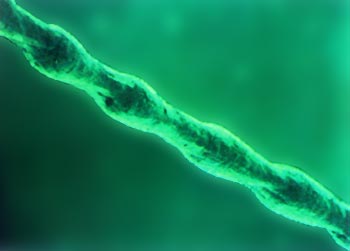Hair Analysis
Hair analysis is a significant research tool for assessing nutritional, hormonal and toxic element status. Hair is easily obtainable and can be taken from the scalp, chest or pubic hair, even nails can be used when no hair is present. As hair grows it is exposed to intra cellular activity and carries the information on biochemical individuality and pre disposition to disease. Of particular interest are the mineral levels that influence thyroid, blood sugar and adrenal activity and if any toxic elements are present. Nutritional responses vary widely from one person to another therefore a test to determine metabolic individuality would be beneficial to help establish specific needs.
Over a thousand different chemicals have been introduced into the food chain thus distorting the balance in our cells. Hair loss can be a sign of a mineral or vitamin deficiency or overload, this can include toxic minerals such as Lead, Aluminium, Mercury, Cadmium and Arsenic. Hair tissue can accurately detect levels of toxicity that are directly linked to hair loss and disease. Any toxic metals depart from the blood stream and deposit into tissue, blood levels may not accurately reflect past exposures, but their presence will displace nutritional minerals in the hair mineral test. For example lead and cadmium will affect the absorption of zinc, calcium and magnesium, which are crucial to the integrity of hair and skin. Even nutritional minerals can become toxic in the body, for example high levels of Copper may not only cause hair loss but express as hypothyroidism, allergies, anaemia, depression, headaches, liver dysfunction or infertility.
Treatment is in the form of supplementation to re balance the metabolism of the individual and restore good health and improve hair growth.


These photos are the copyright of the International Association of Trichologists and David Salinger and are reproduced with their permission.
